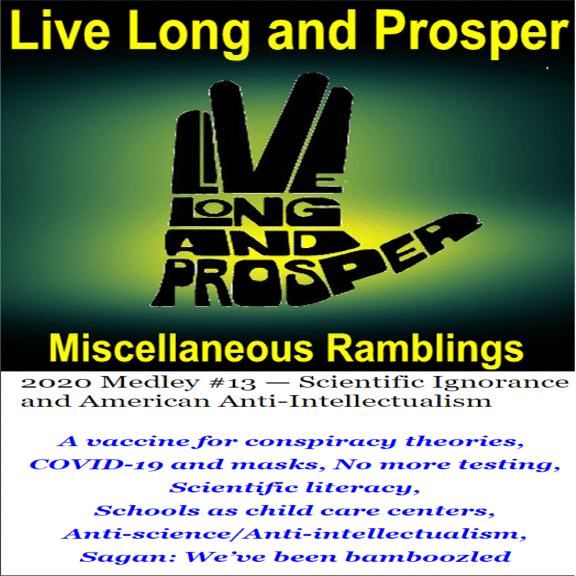What an Actual School Reopening Plan Looks Like
I'm going to hold off commenting on any individual state's plans for now. Instead, I'm going to sketch out what I think a statewide plan for reopening schools should look like. I won't pretend this is comprehensive, and I'm happy to accept any comments or criticisms. But I do think we need to set some standards for what states need to do to help school districts get ready for reopening in the fall.
And so, here are the features at a minimum that I believe a real statewide school reopening plan must have:
- Minimal requirements for staff and student personal protective equipment (PPE), as provided by school districts (as a matter of equity, no plan should require staff and students to supply their own PPE).
- Clear guidelines and minimal standards for implementing social distancing, mask wearing, and other actions to mitigate Covid-19 spread. In other words, if there is social distancing in the plan, there has to be a minimal distance that must be maintained at all times. If masks are required, the plan should spell out the type of mask (N95, surgical, cloth, etc.).
- A separate set of guidelines and standards for students with disabilities, including medically fragile students and students with profound cognitive impairments. Obviously CONTINUE READING: Jersey Jazzman: What an Actual School Reopening Plan Looks Like
























